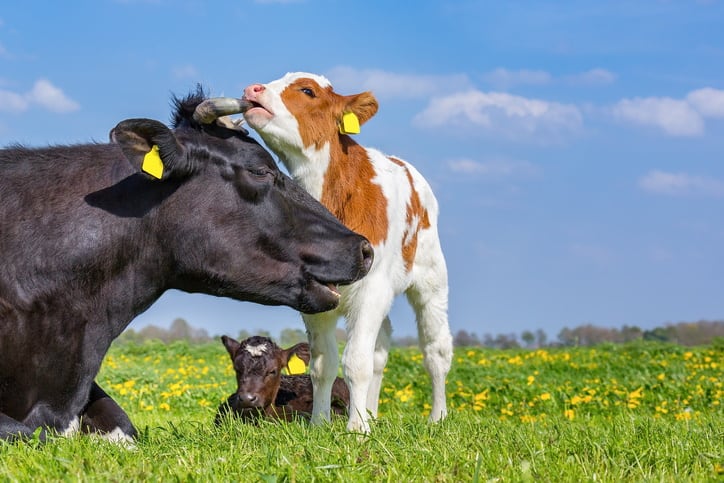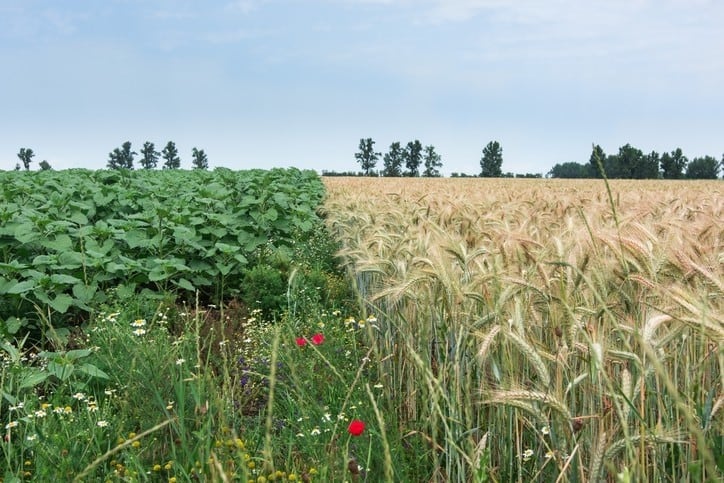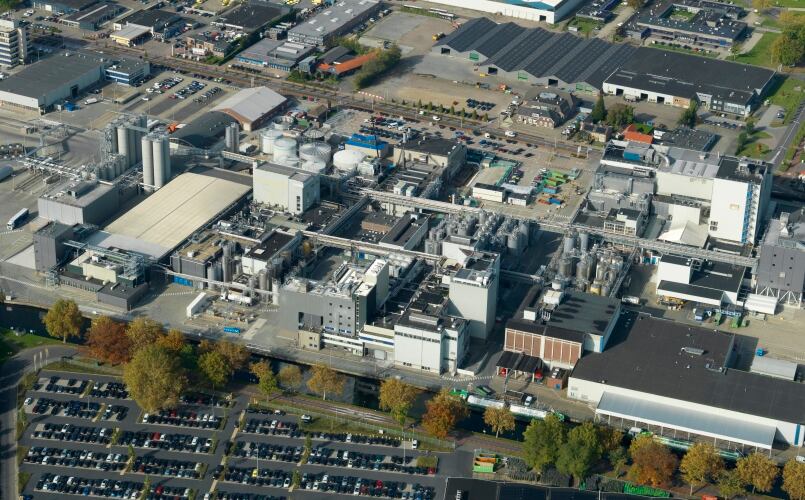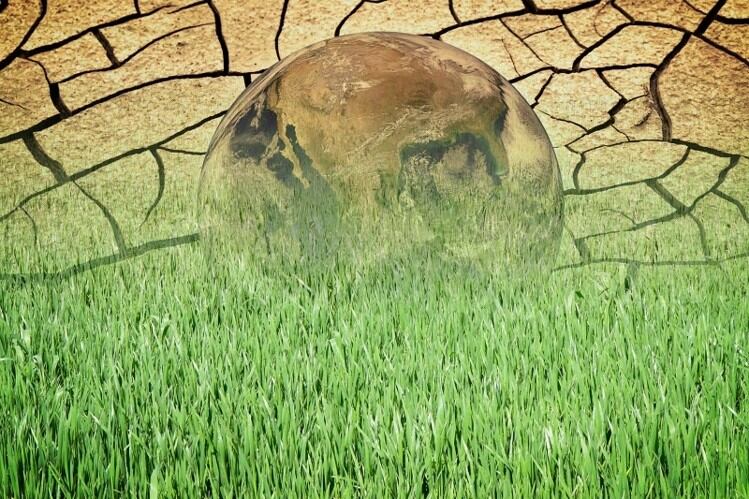Arla has developed a standardized tool for identifying the carbon footprint of the dairy farms that supply it in partnership with 2.0 LCA Consultants.
The data collected for 2020 includes the CO2 footprint of 95% of Arla’s milk pool, a total of 7,986 farms across seven European countries. This makes the Climate Check Programme one of the world’s largest externally validated sets of climate data.
The result? Arla farmers are among the ‘most climate efficient’ dairy producers in the world.
On average, Arla farmers produce raw milk with a footprint of 1.15 kg of CO2e per kilo of milk. According to the UN’s FAO, global milk production emits an average of 2.5kg of CO2e per kilogram of milk.
Arla’s calculation includes emissions from cultivated carbon rich soils – peatlands – and covers the number of animals, feed composition, crop production, use of fertilizer, manure handling, use of electricity, fuel and renewable energy.
Arla’s comparatively good score represents ‘decades’ of work from its farmers to transition to more sustainable agricultural models, such as circular farming practices, renewable energy and biodiversity, the company said. The group’s carbon footprint on farm has been reduced by 24% since 1990, we were told.
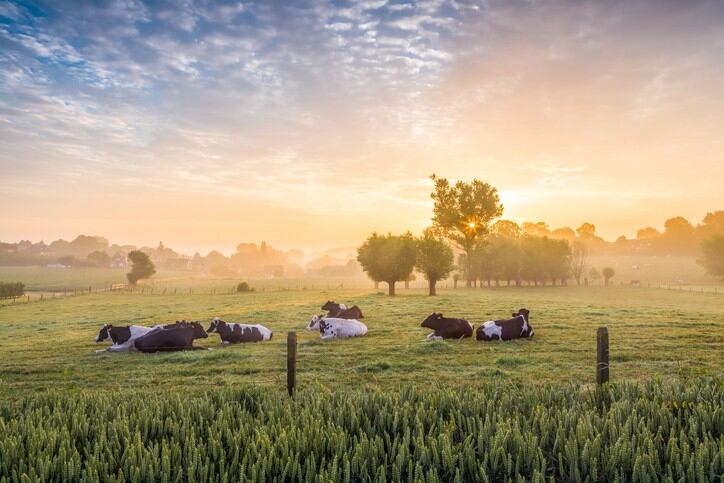
A 'baseline' for climate action
Speaking to FoodNavigator, Arla Chairman Jan Toft Nørgaard stressed that the company was ‘proud’ of the progress to date – but insisted this would represent a ‘baseline’, not a final destination on Arla’s carbon journey.
“We believe that our Climate Checks programme will help create a sustainable future for dairy production. The first results confirm that Arla’s farmer owners are among the most climate efficient in the world. We are proud of that, but it is not a final result it is a baseline from which we need to reduce our emissions more.”
Moving forward, the Climate Checks Programme will be an important tool supporting change, he continued. “The Climate Checks dataset will be a solid foundation for benchmarking internally among Arla farmers, knowledge sharing across the dairy industry and for scientific analysis to accelerate the decarbonisation of dairy.”
‘Data is the foundation of more knowledge’
Arla’s efforts to collect and calculate carbon data from its milk pool will be central to its decarbonisation strategy moving forward.
“For us, data is the foundation of more knowledge and solutions and the Climate Checks creates visibility of where we stand. We are proud of where we have got to, but we are determined to go further. Our Climate Checks programme is a tool to move us and the industry forward, but also as a proof point that there can be a sustainable future for dairy,” Nørgaard explained.
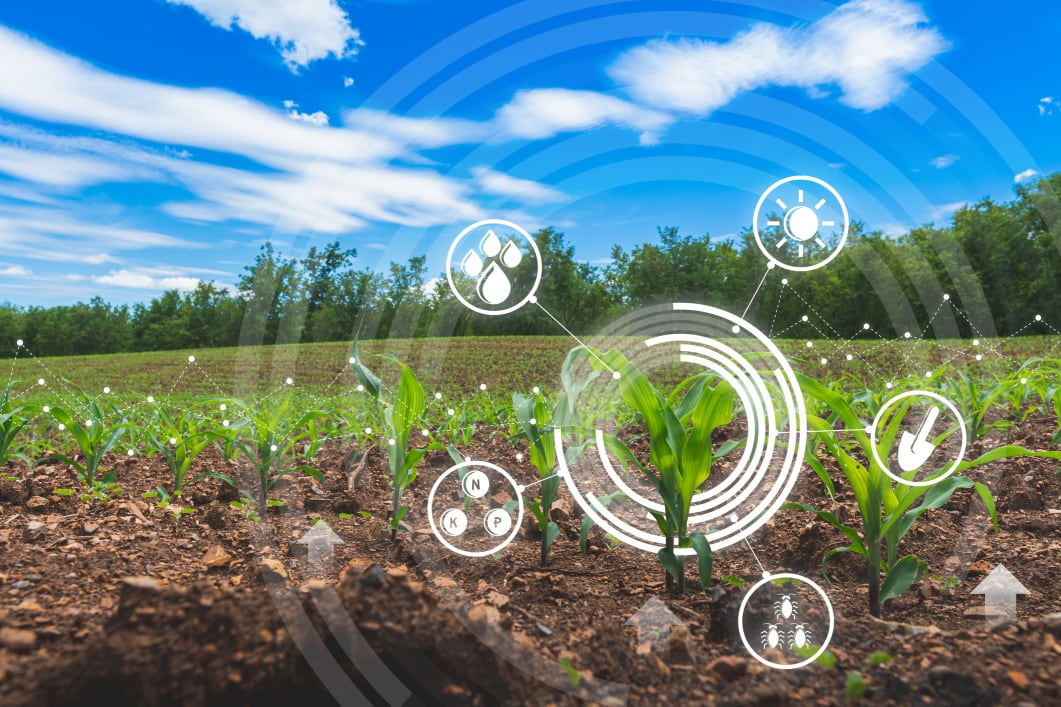
The company has been able to leverage the data to uncover ‘five universal levers’ to lower the carbon footprint for dairy on ‘all types’ of Arla farms across the UK, Sweden, Denmark, Germany, the Netherlands, Belgium and Luxemburg.
Analysing the ‘five big levers’ explains the ‘majority of differences’ between the carbon footprint of individual farms regardless of size, geography, breed or landscape conditions.
Arla's five universal levers:
- Better feed efficiency to improve milk yield
- Precision feeding to reduce surplus protein in feed rations
- A healthy and long life for the cow to improve milk yield
- Precise fertilizer management to reduce nitrogen surplus from feed production
- Better land use management to ensure better crop yields
Arla has targeted a 30% reduction in carbon footprint by 2030 from 2015 levels and reaching net zero by 2050, in line with the Paris Agreement. In this ‘decade of action’ the company’s farmers aim to ‘triple’ the speed at which they are decarbonising.
Nørgaard believes that progress in these five key areas, as well as ongoing monitoring, will help it deliver.
“Our Climate Checks show five universal levers that all farmers can optimise to reduce emissions and overall it will require precision farm management procedures on the farm, such as precision feed compositions and production, improved manure handling and greener energy solutions, to reach the goal. This will most definitely take an effort for the farmer which is why Arla is offering comprehensive support and a financial incentive.”
Climate Checks is tailored to give guidance to individual farms to achieve maximum impact, he continued. As the next round kicks off in June, Arla farmers will get access to a new digital tool that enables them to follow their own progress and to benchmark against data from other Arla farms.
“Climate Checks are carried out on a farm-by-farm basis once a year. External advisors verify the individual farmers’ data and guide him or her on where to achieve the most reductions on the individual farm. The data is then collected into what is one of the world’s biggest climate datasets on dairy farming that will be updated as new data is received.”
This provides the opportunity to learn from best-in-class performers. The data shows that the best performing Arla farmers are already able to produce a kilo of raw milk with a farm level footprint well below 0.9 kg of CO2e, the company noted.
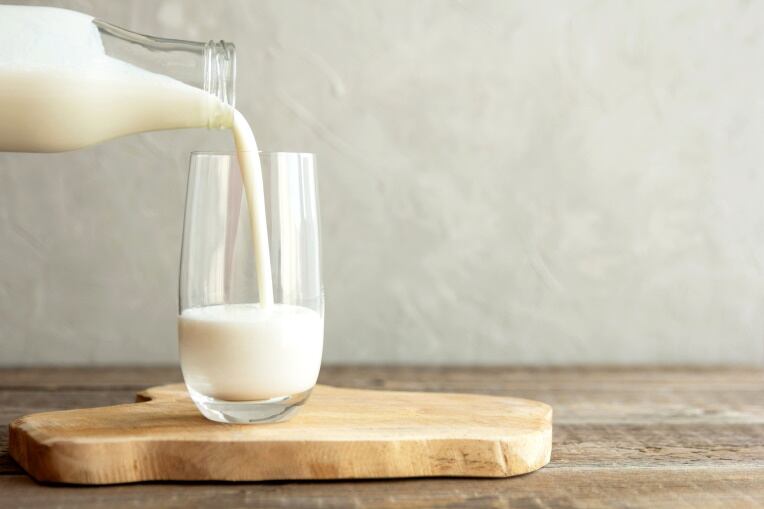
Farmers have a ‘responsibility' and 'opportunity’ to address emissions
As well as guiding the climate action taken by individual farmers, data and insight generated will be shared with ‘politicians, research partners and industry stakeholders’ to ‘improve the common understanding’ of how to drive change.
Arla said it can also ‘counter some of the myths and assumptions’ about what needs to be done on farm.
“Dairy has been an important and established part of many food cultures and economies around the world for many years because of its nutrient density, high quality proteins, versatility and taste. Within the industry we have always been clear about the responsibilities we carry to de-carbonise our production, however, there has been a lack of robust data at farm level to enable fact-based decision making and investment,” Nørgaard noted.
“Demands from governments, consumers and customers for more transparent and sustainable food production including dairy continue to grow. Farming and dairy carry a responsibility for greenhouse gasses, but farmers also have a great opportunity to help solve this challenge,” he told us.
Sequestration: A ‘positive lever’ for climate change?
Looking to the future, Arla said that there are effects of dairy farming that are still not fully understood. These include carbon sequestration – which the company noted could potentially be a ‘positive lever’ to mitigate global warming.
A fundamental principle of regenerative agriculture, carbon sequestration refers to methods that increase the organic matter and level of carbon in topsoil, which improves soil health and biota diversity, boosting the soil’s water holding capacity. Sequestration involves drawing down climate-damaging CO2 while improving soil structure to reverse human-caused soil degradation.
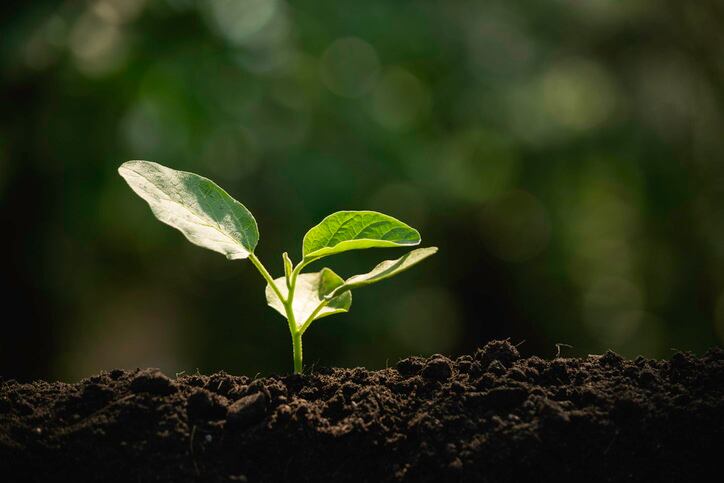
Arla is part of C-sequ, a project in collaboration with FrieslandCampina, Fonterra, Mars, McDonalds and Nestle, among others. Together, the dairy companies are working to develop internationally recognised and globally adopted carbon sequestration calculation guidelines for the dairy sector.
“Today, there is no consensus on how to quantify carbon sequestration and different methods can provide very different results. Due to that, Arla together with other companies/organisations has initiated a project to develop a methodology to quantify carbon sequestration,” the Arla chairman explained.
When these are in place the group aim is to include the impact of carbon sequestration in the Climate Check measurement.
“During the fall of 2020, a public consultation has taken place to review the suggested methodology. The guideline is now close to being finalised and is aimed to be published before summer. During 2021, Arla will conduct pilots in our four core markets to test the developed methodology under practical conditions. Depending on the success of the pilots we aim to include carbon sequestration in our climate check from 2022,” Nørgaard detailed.

